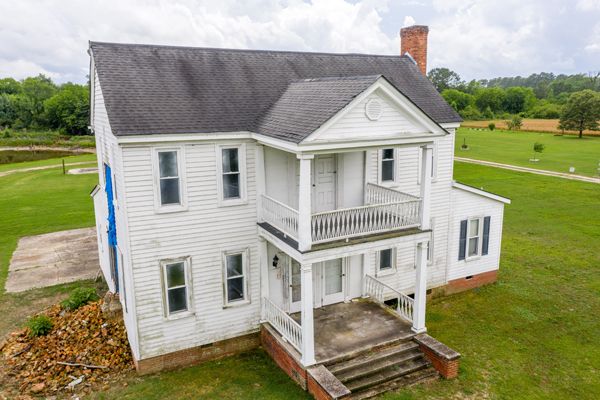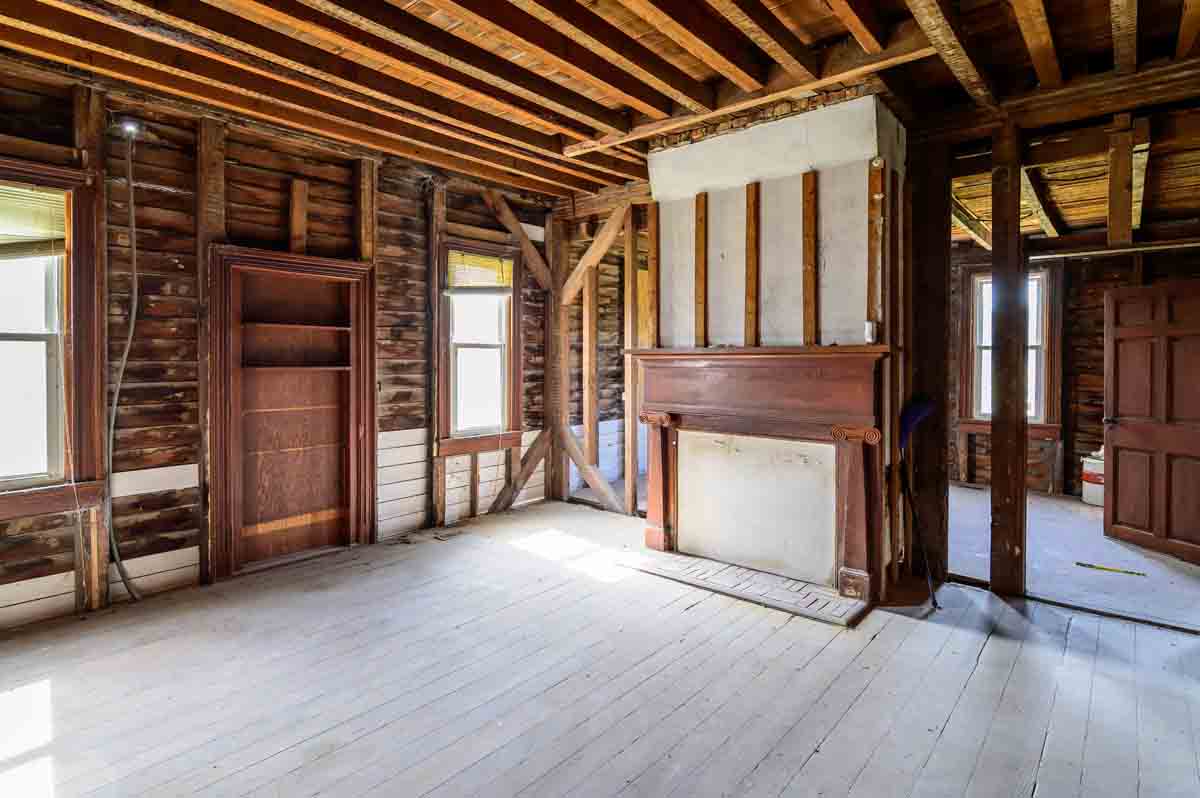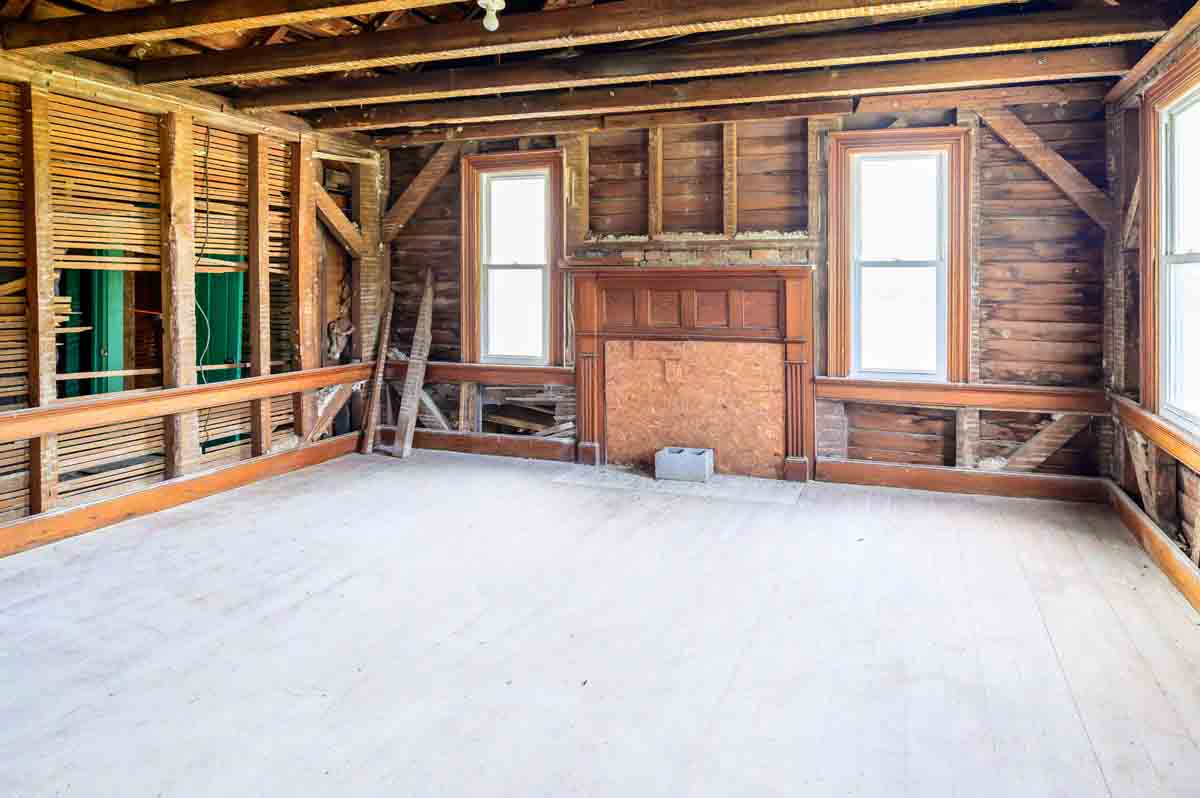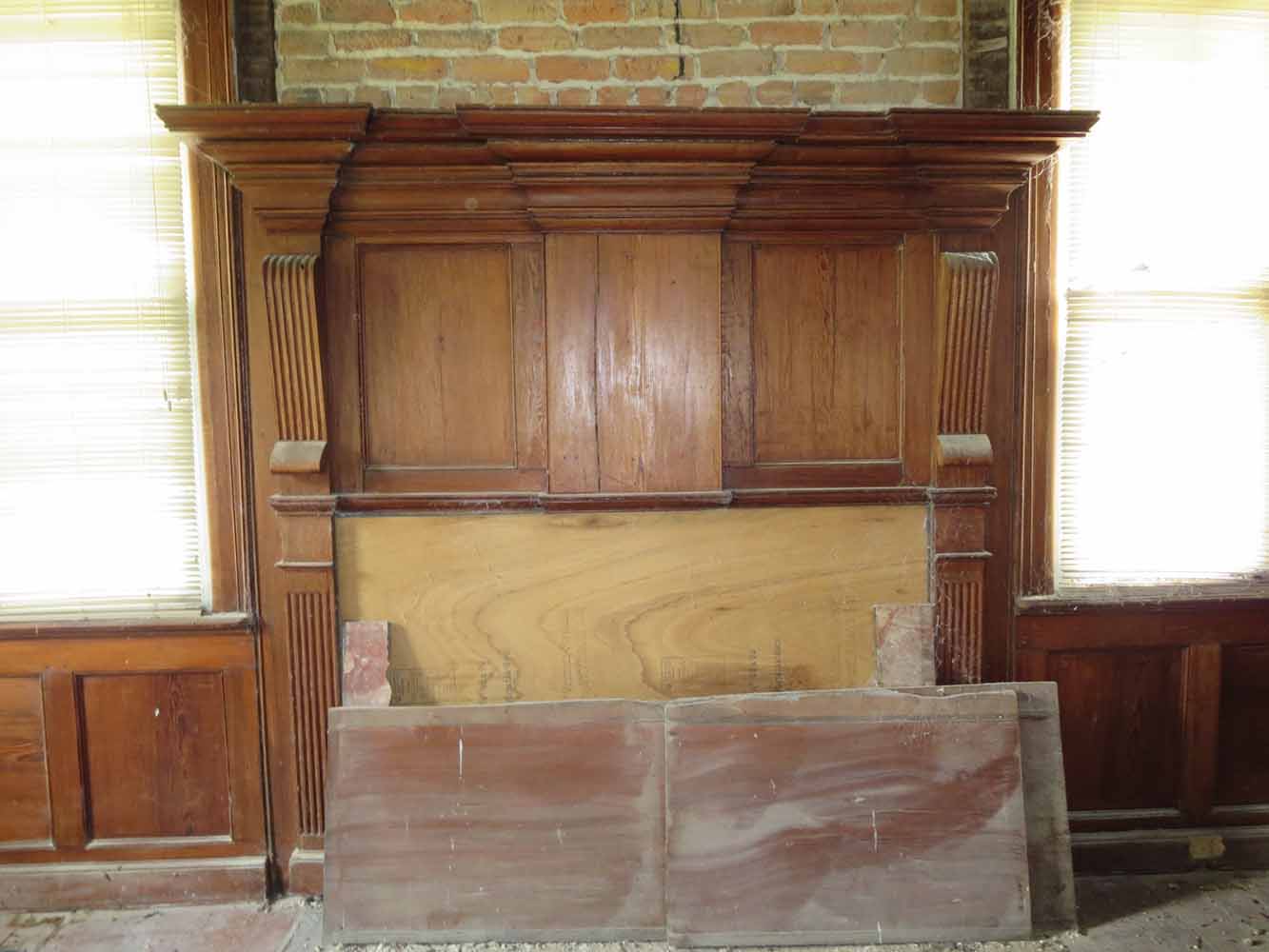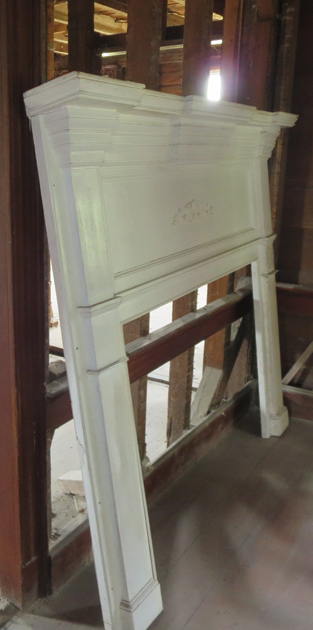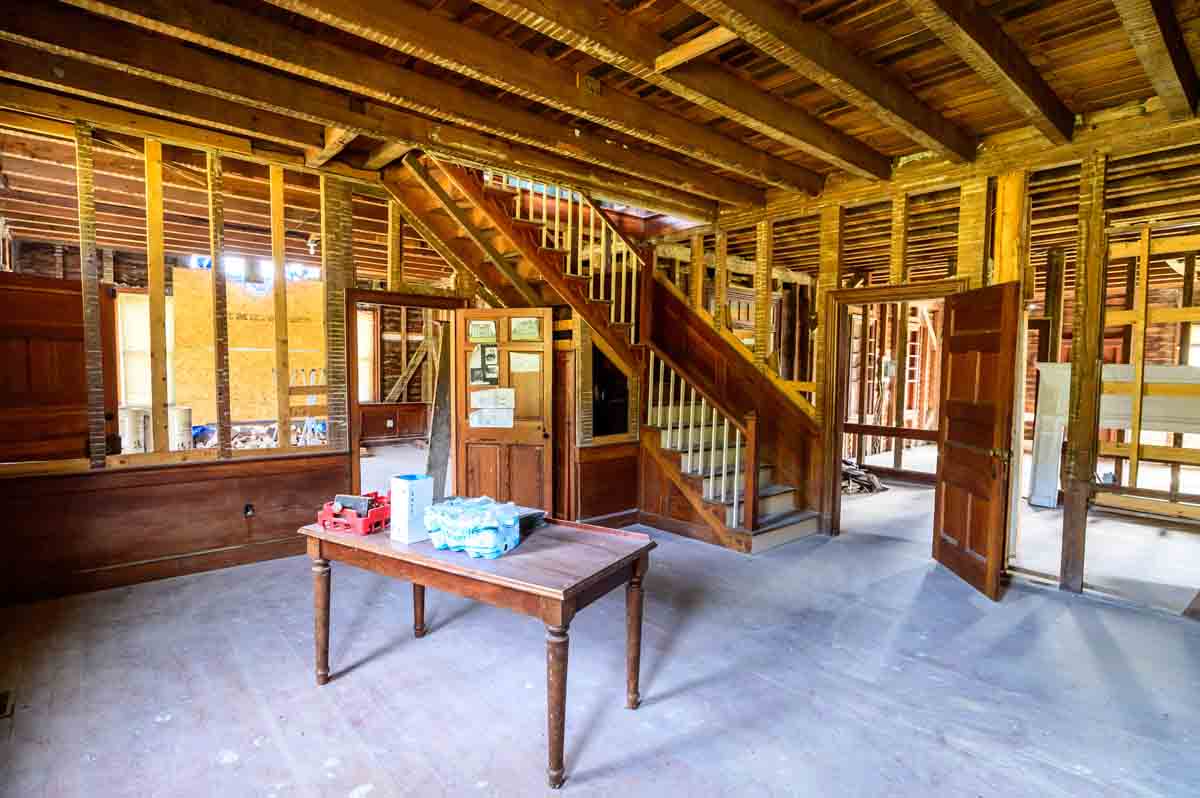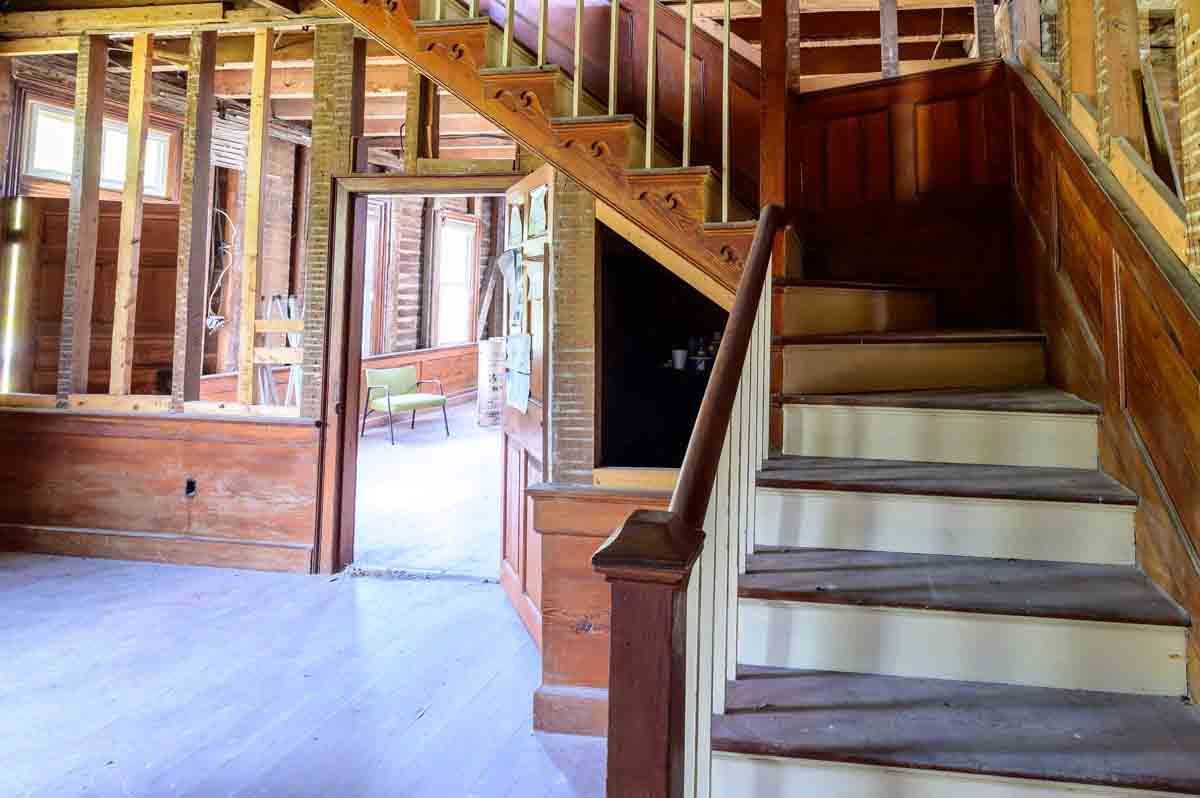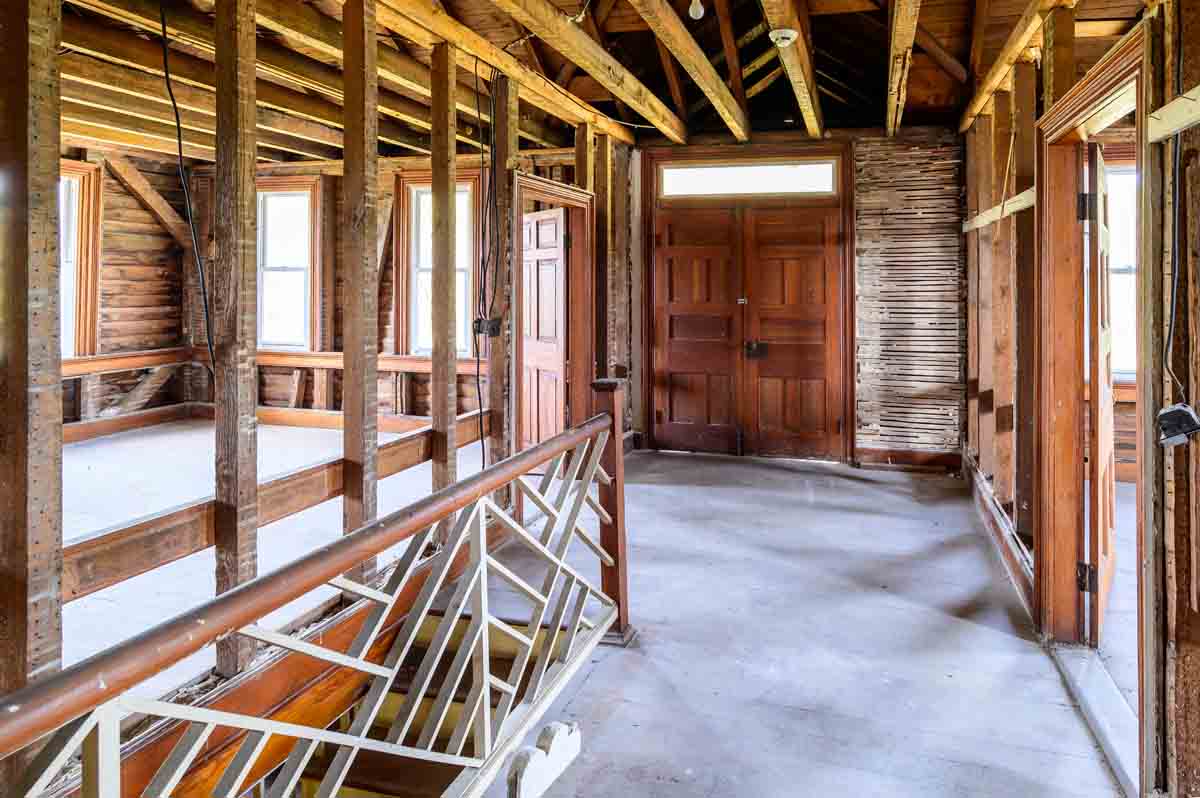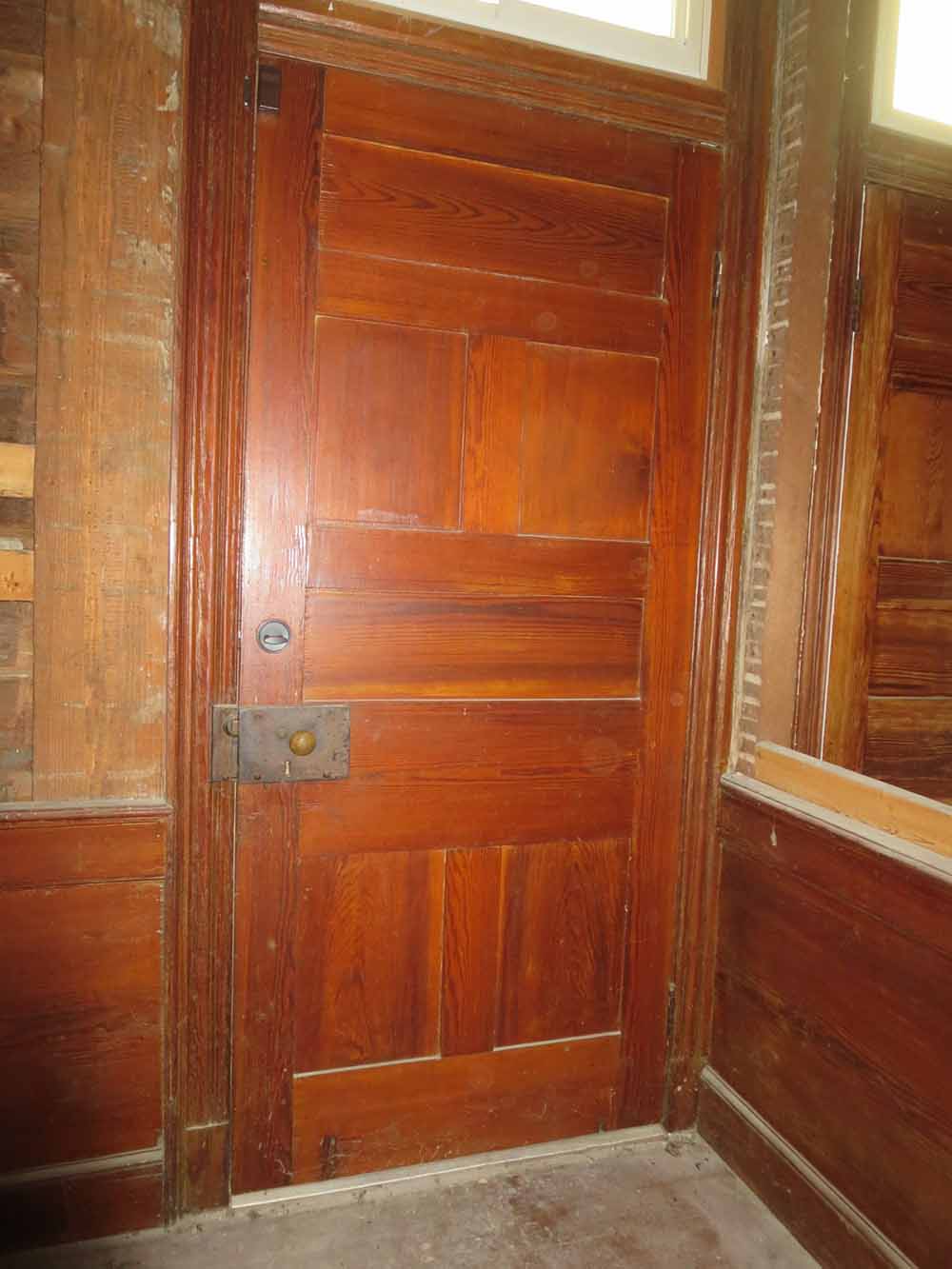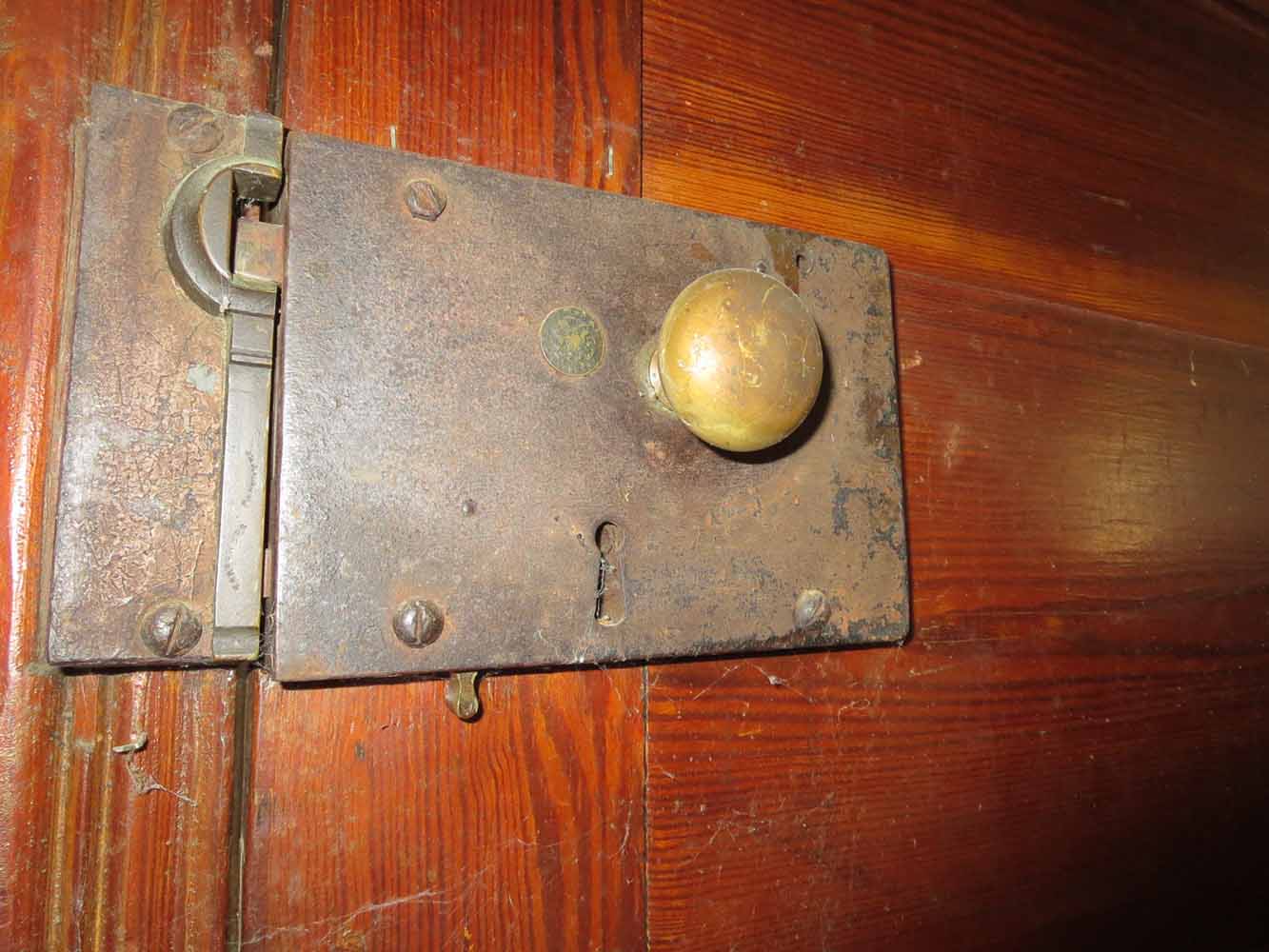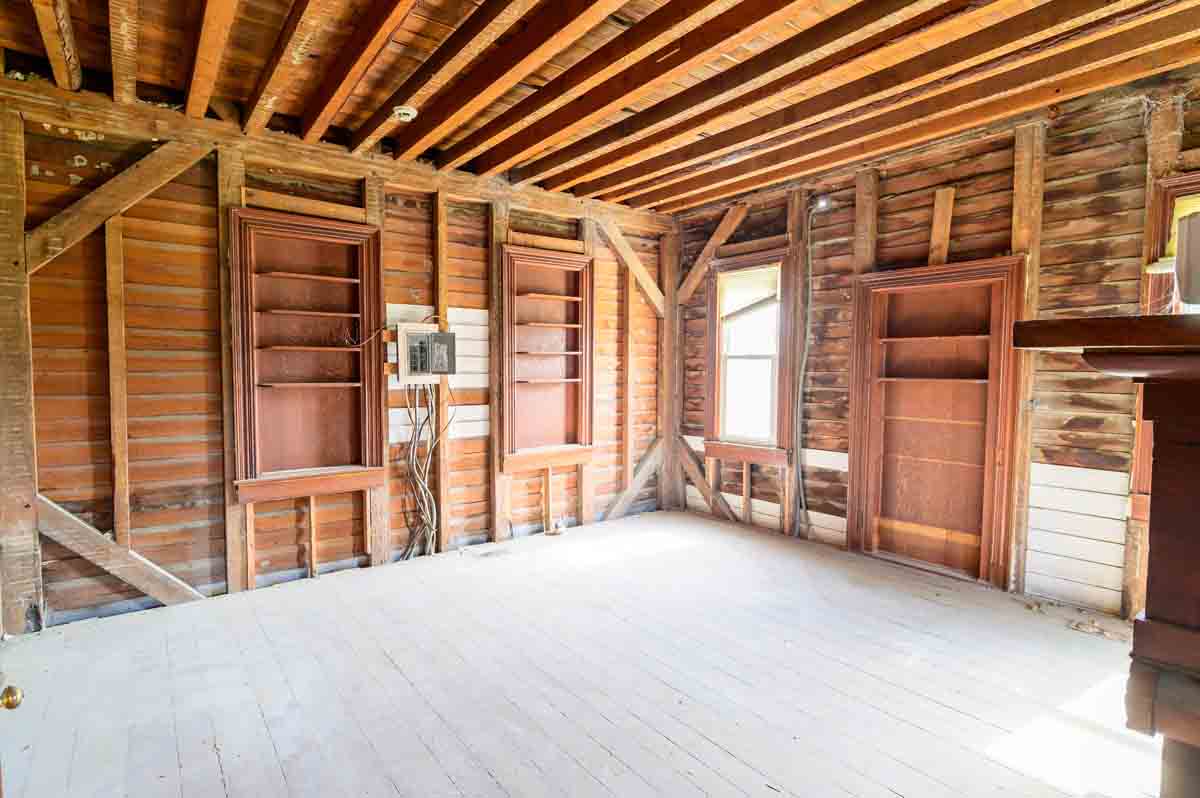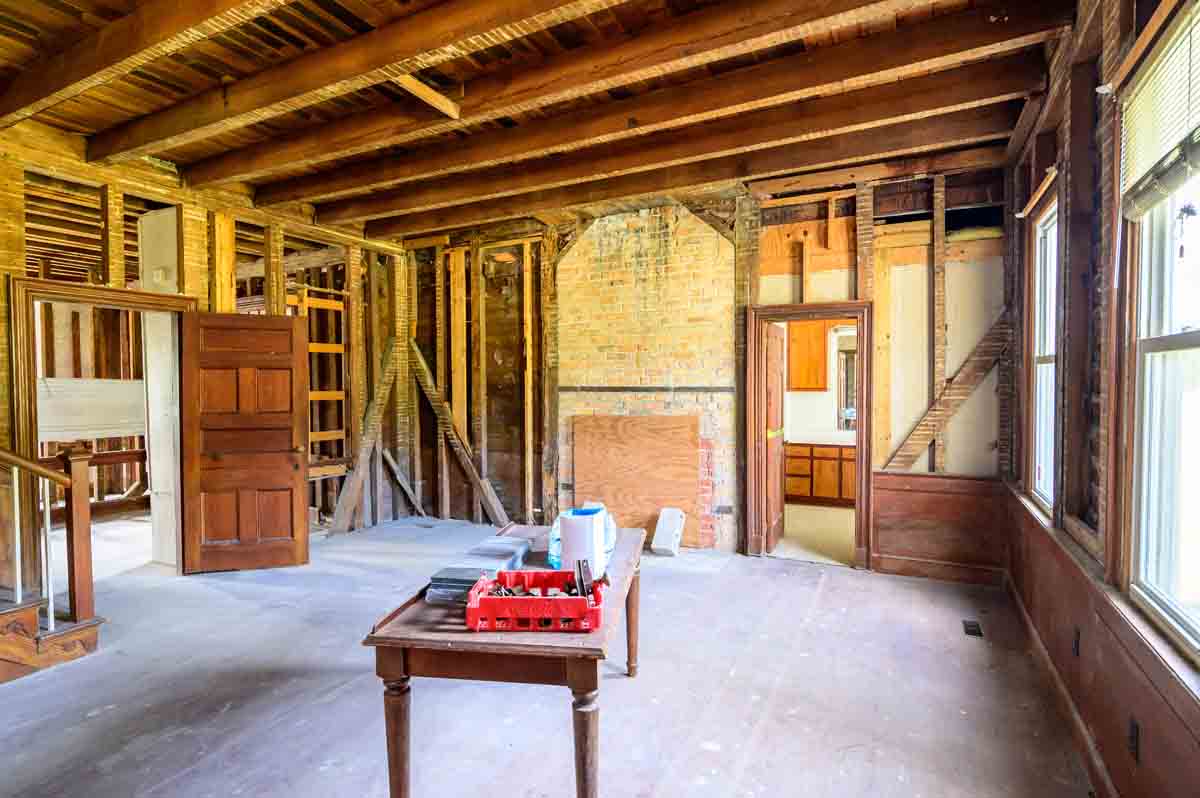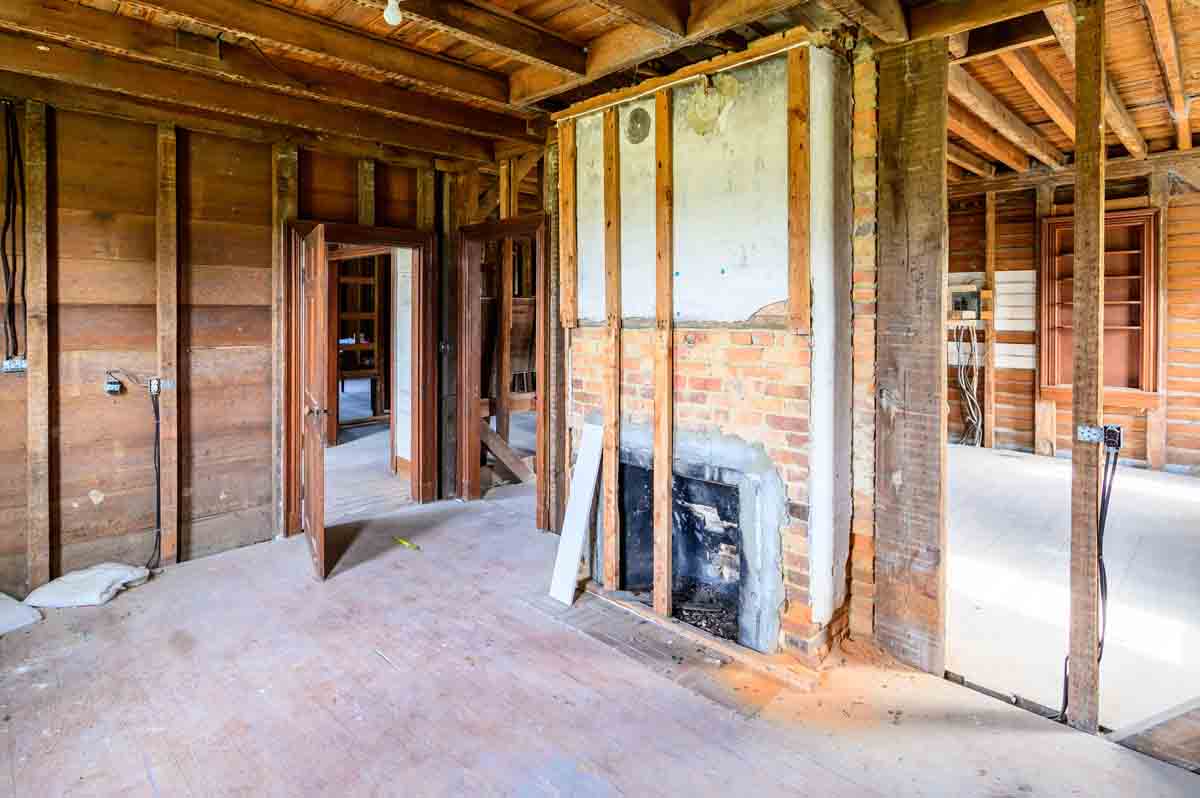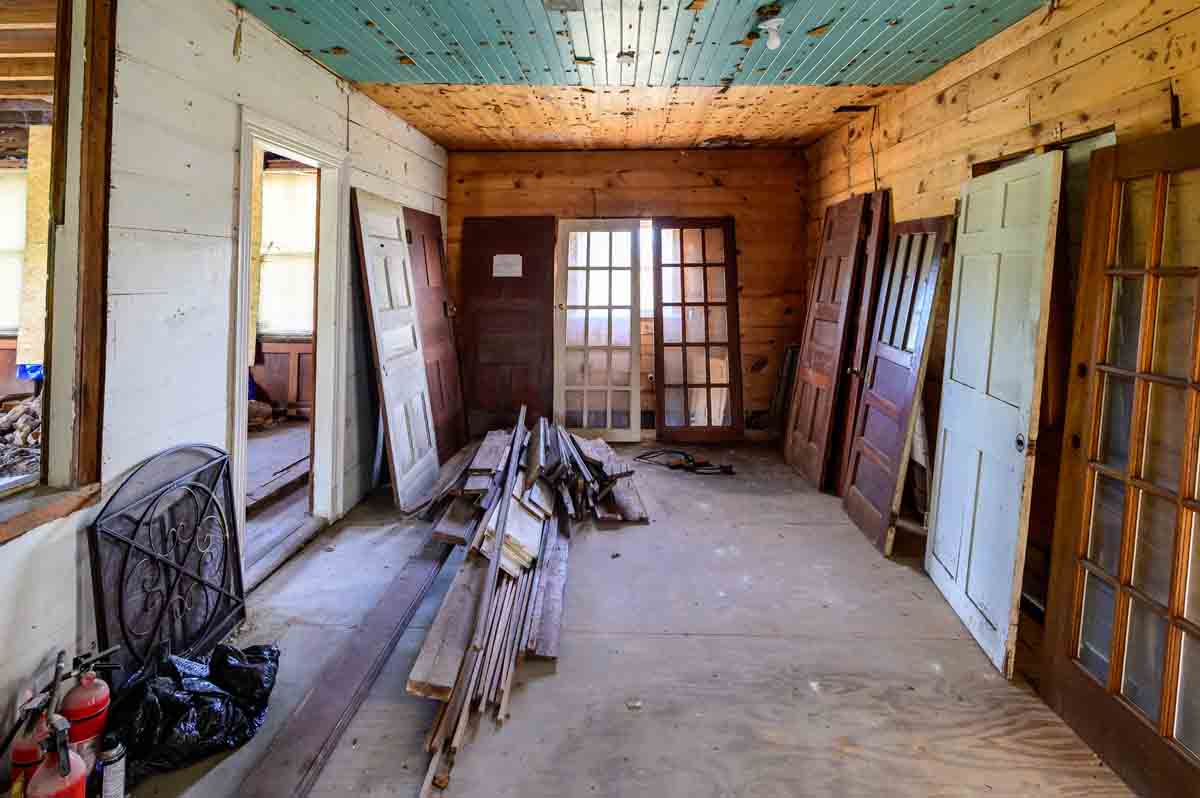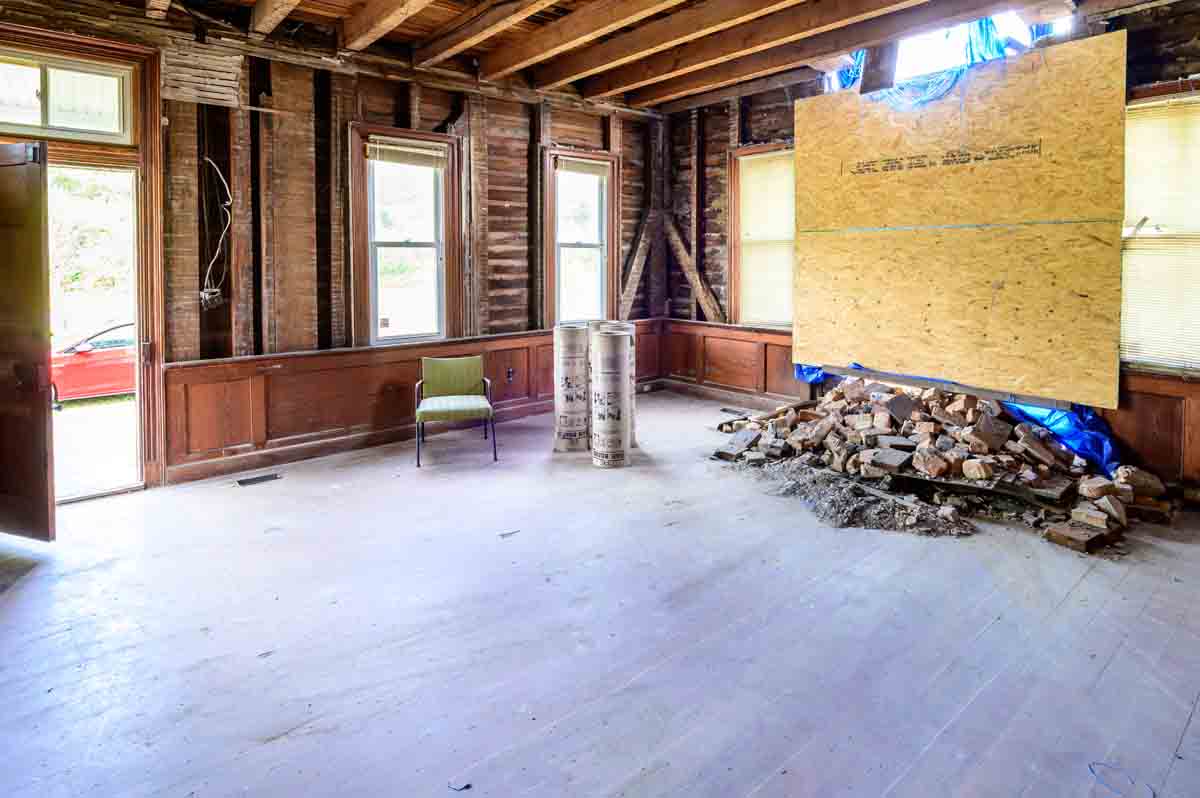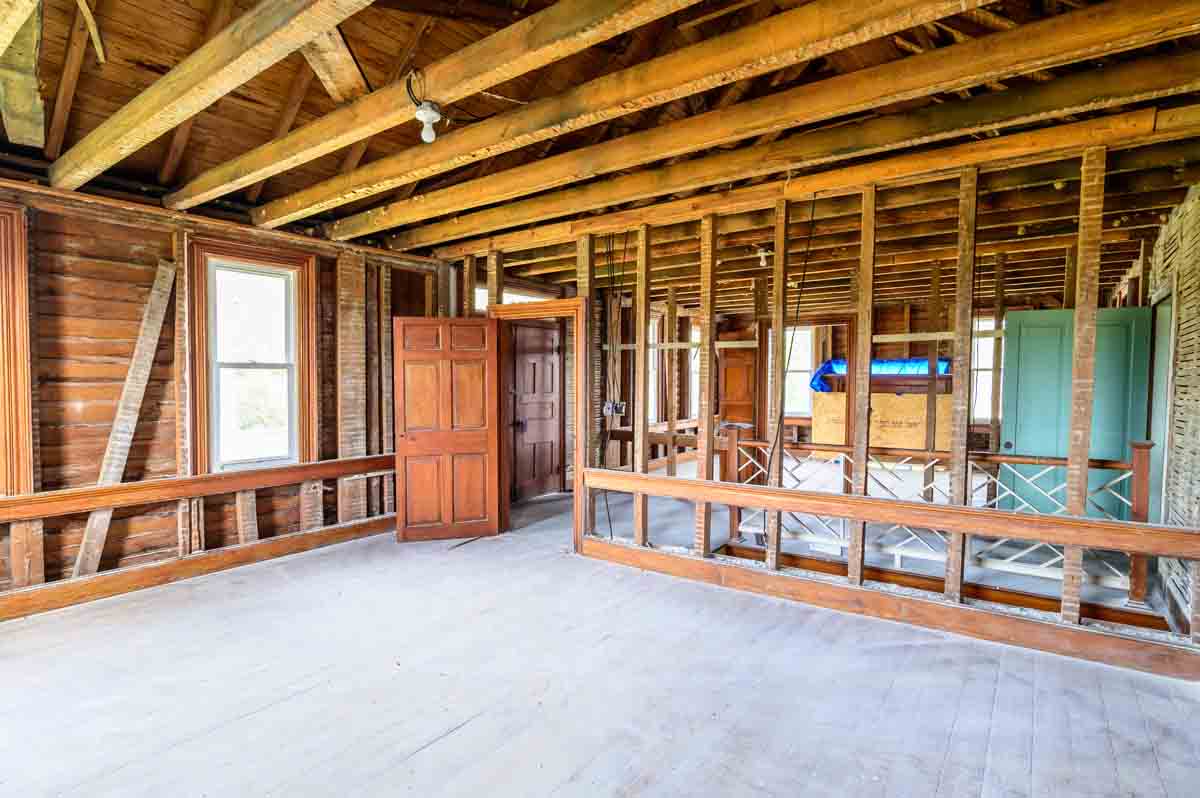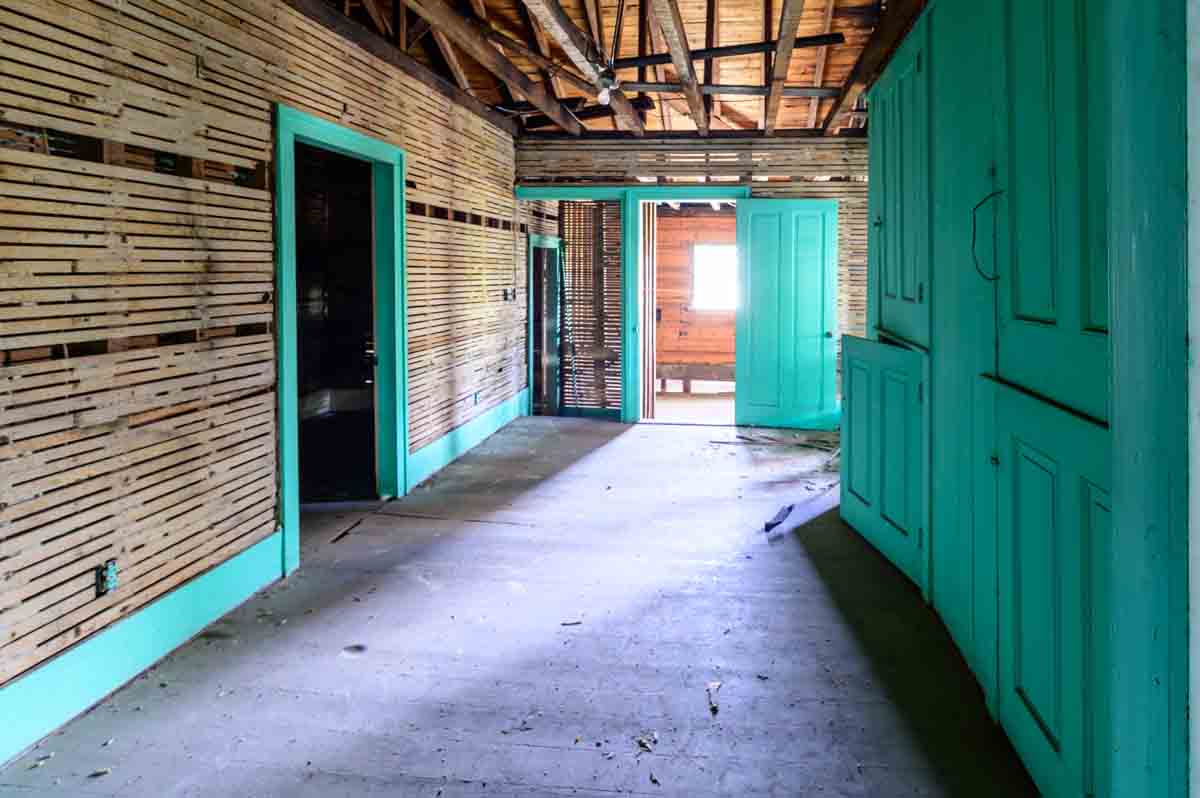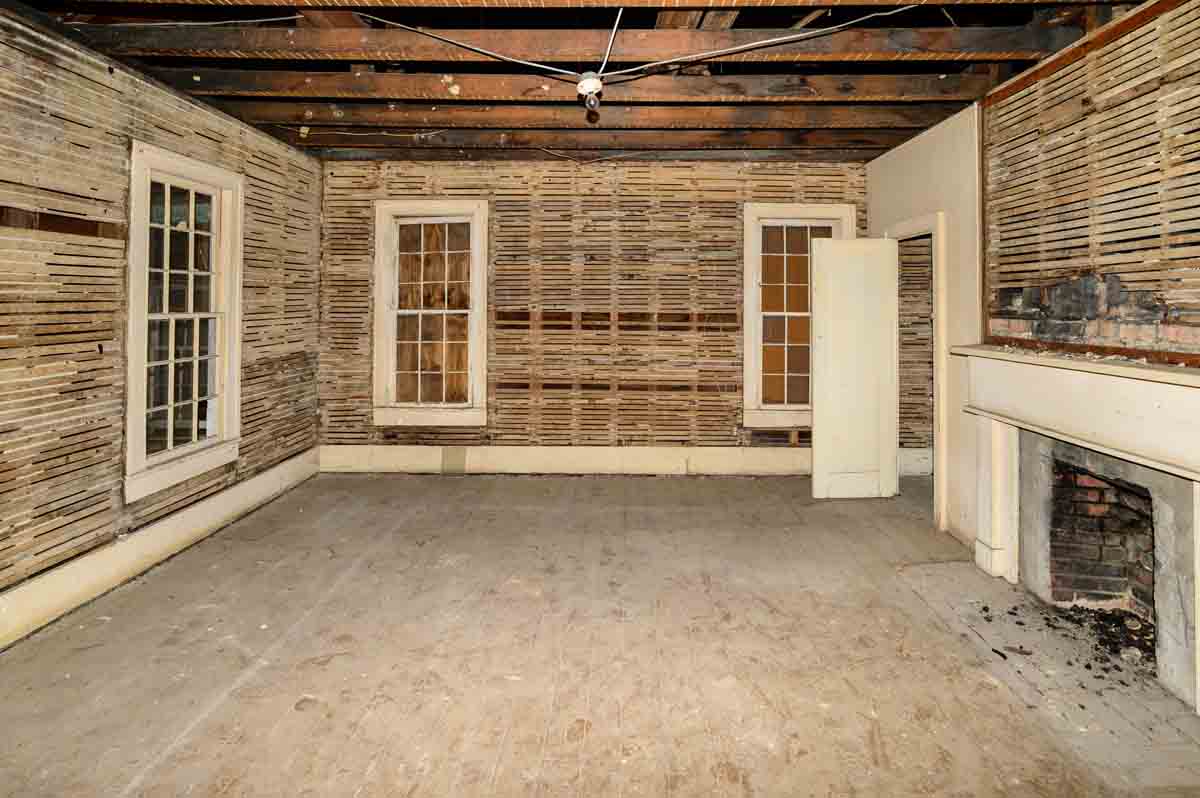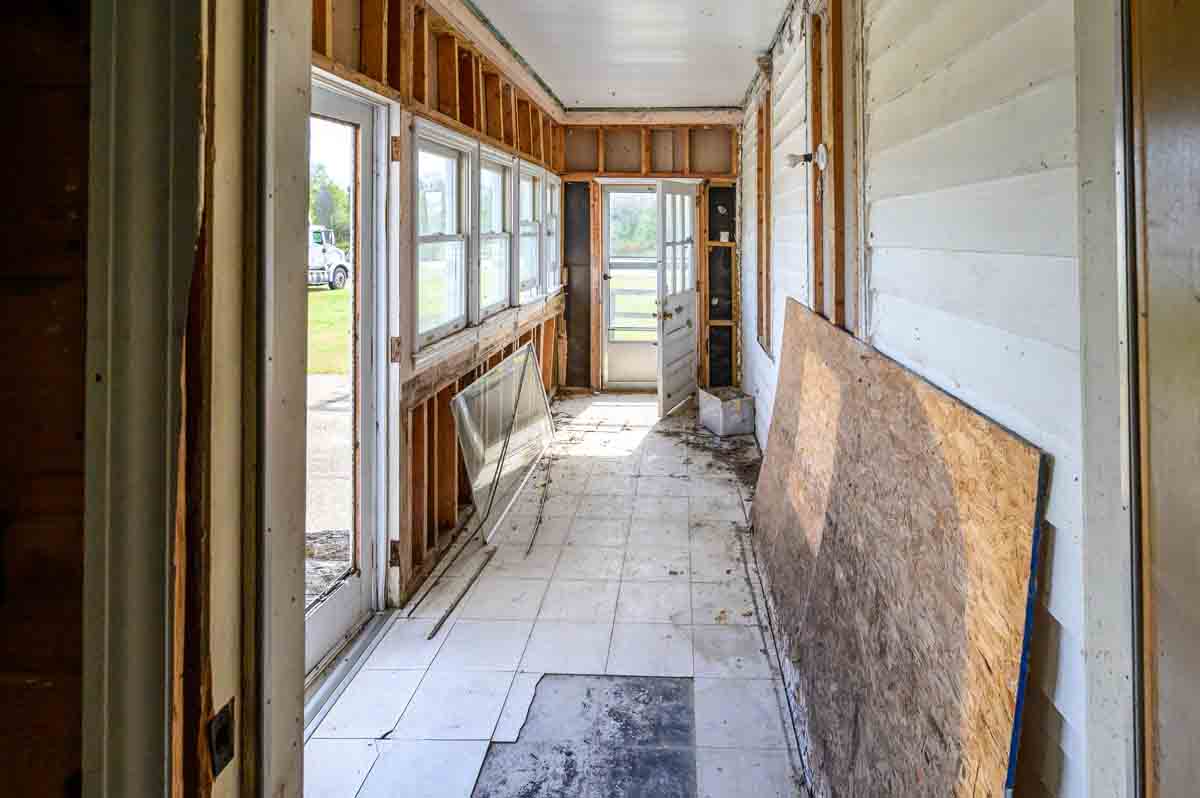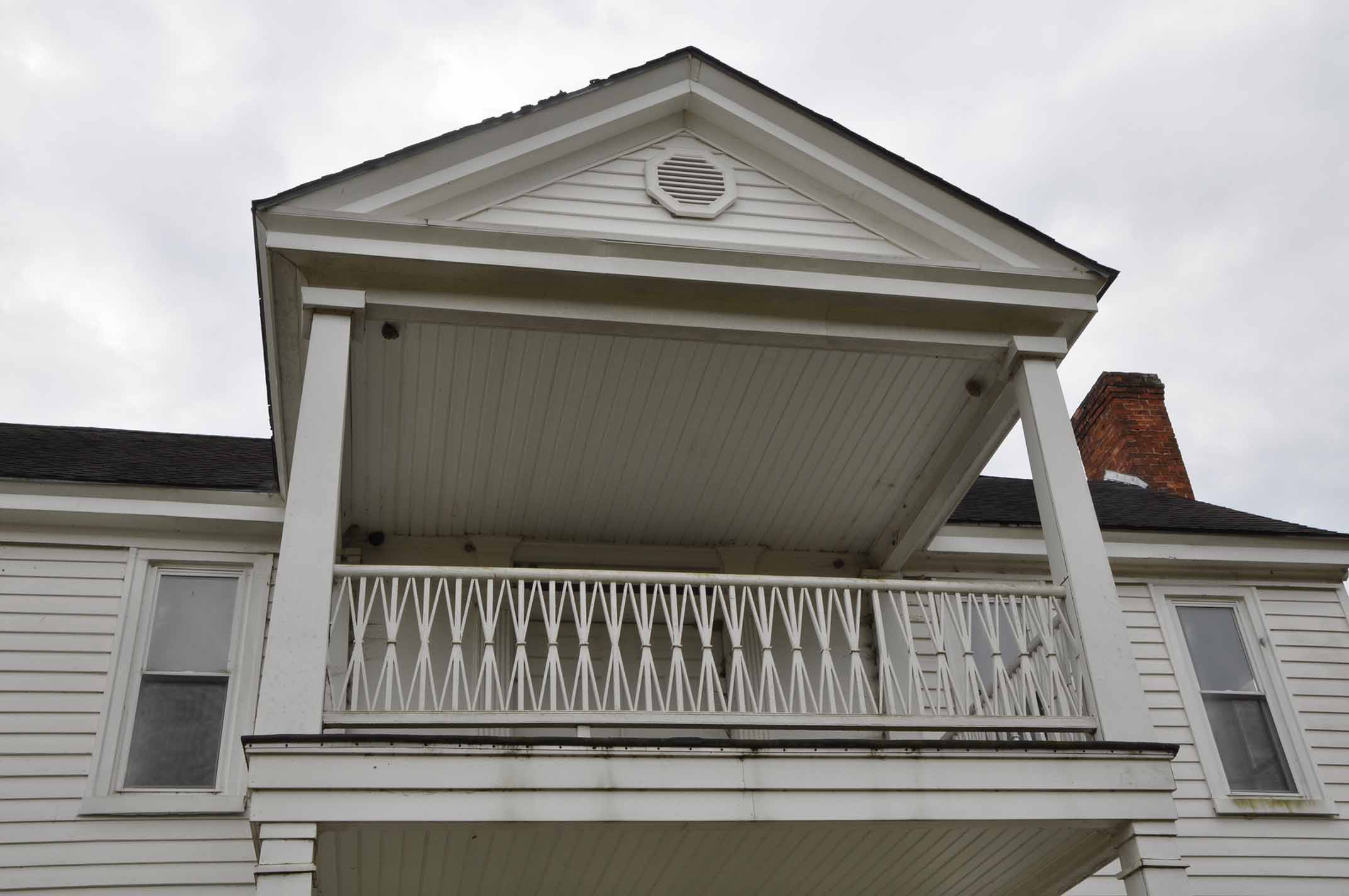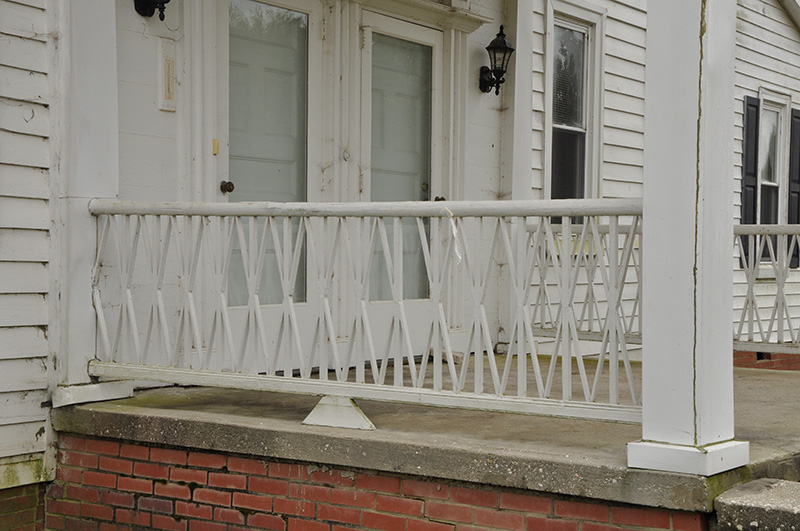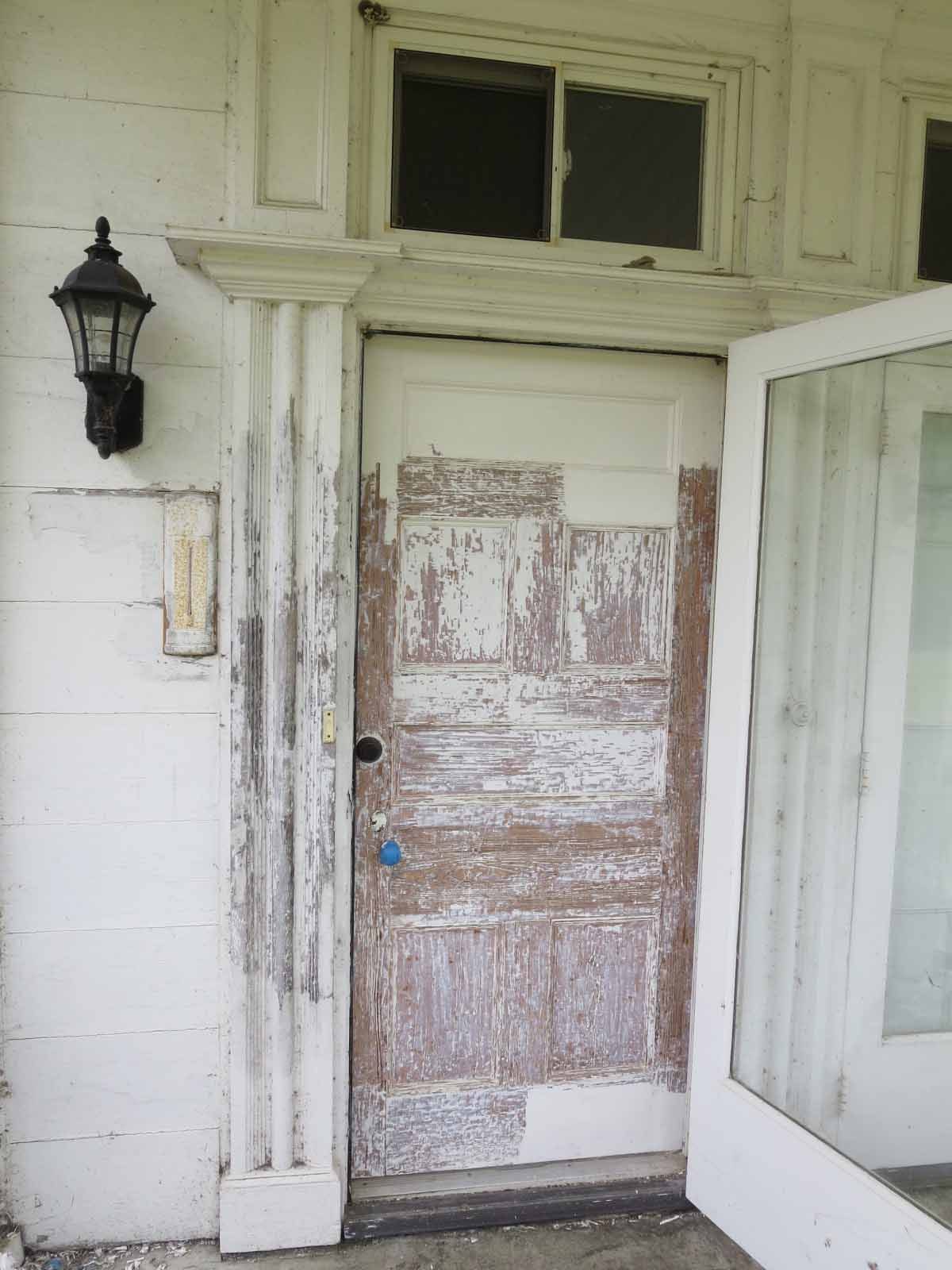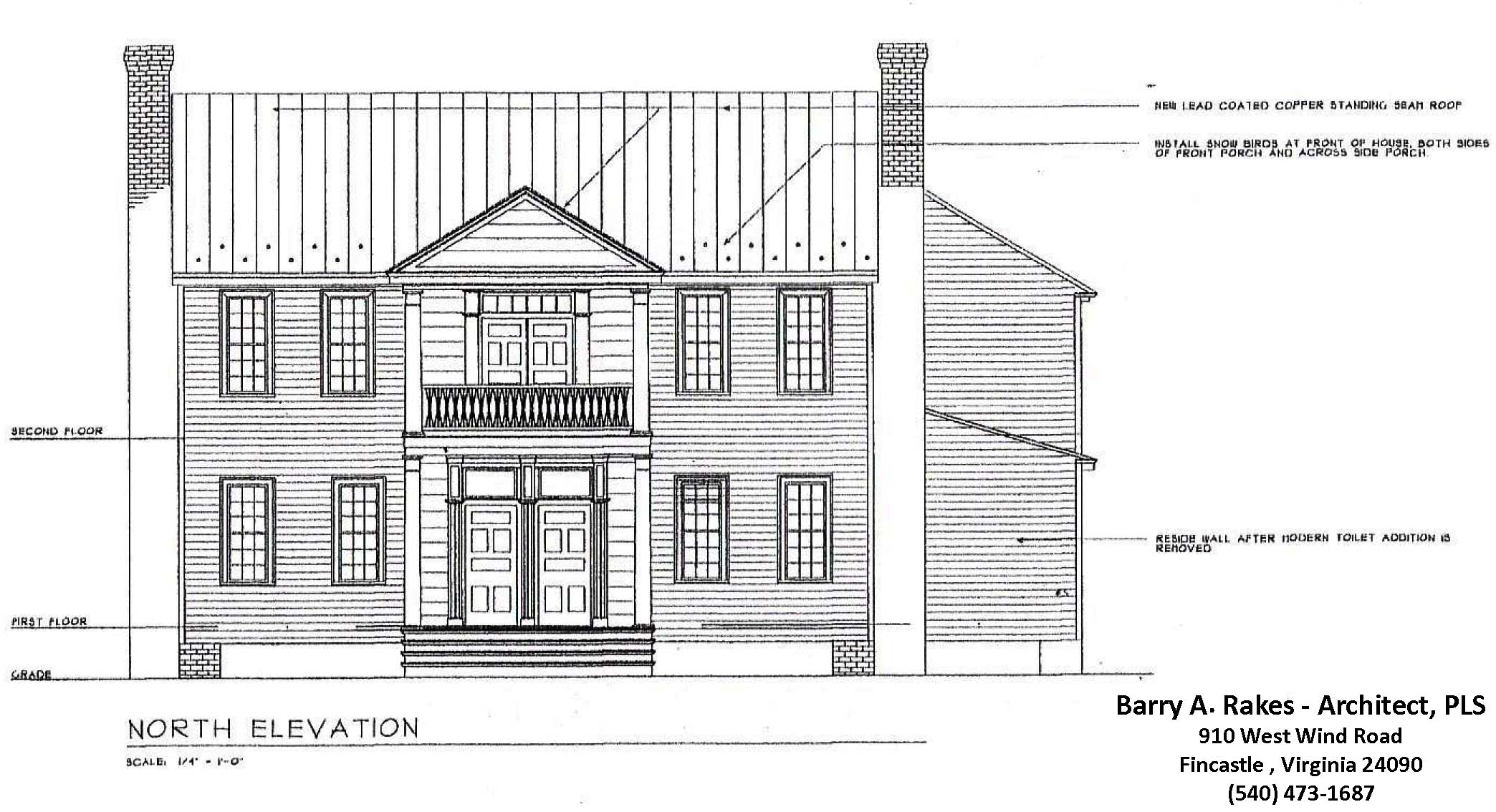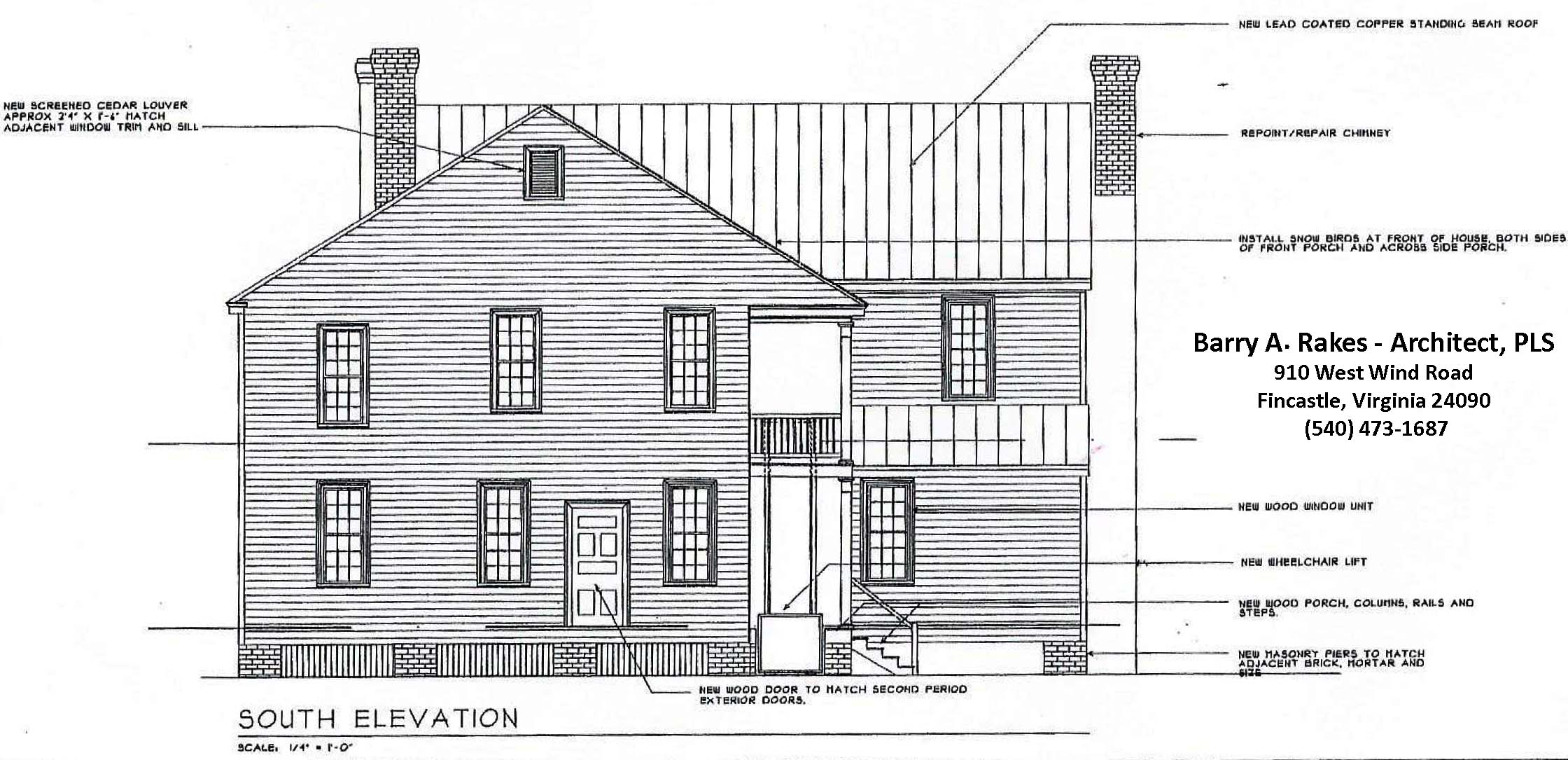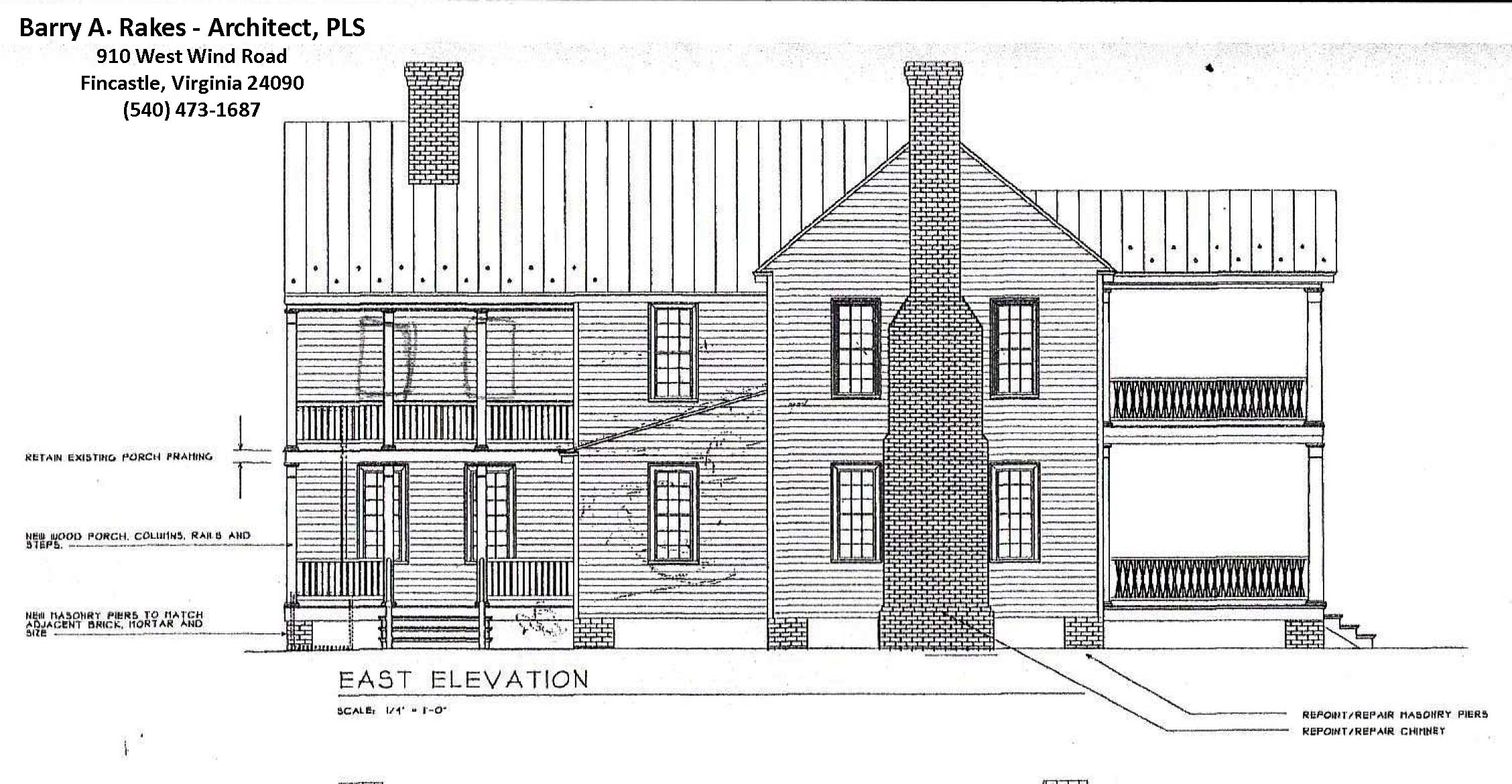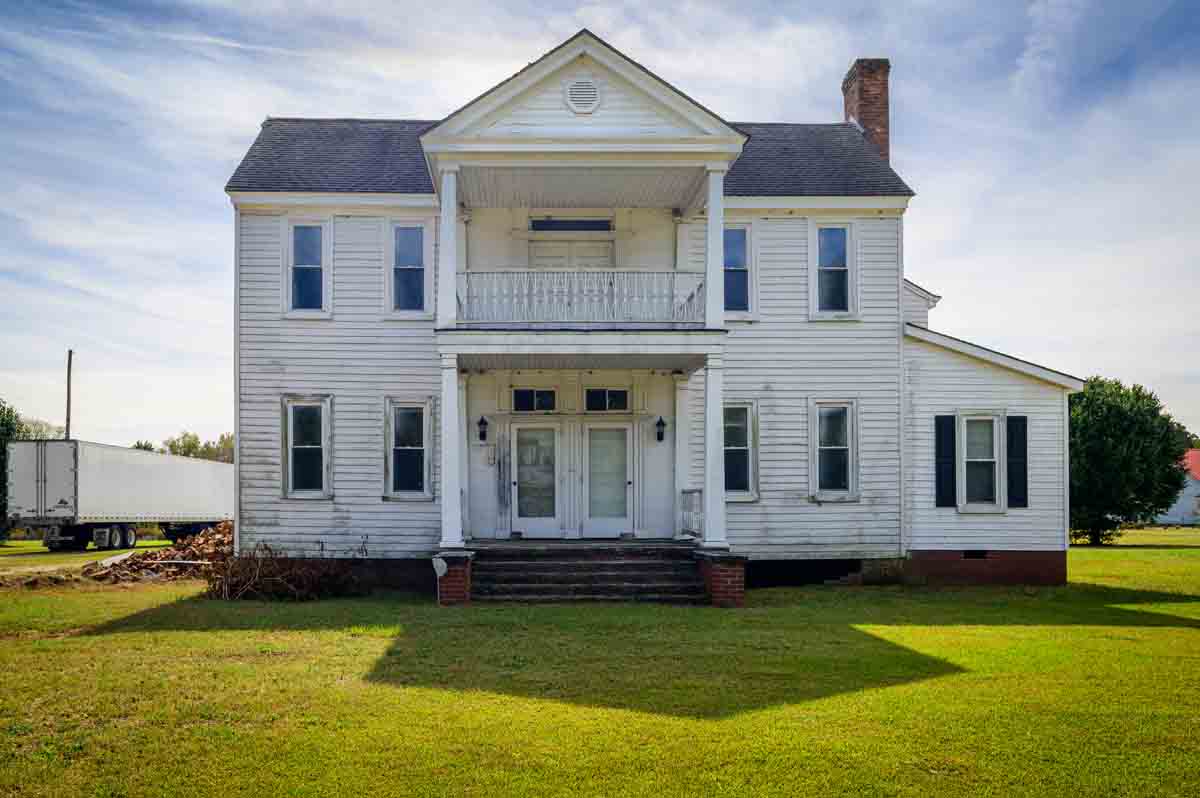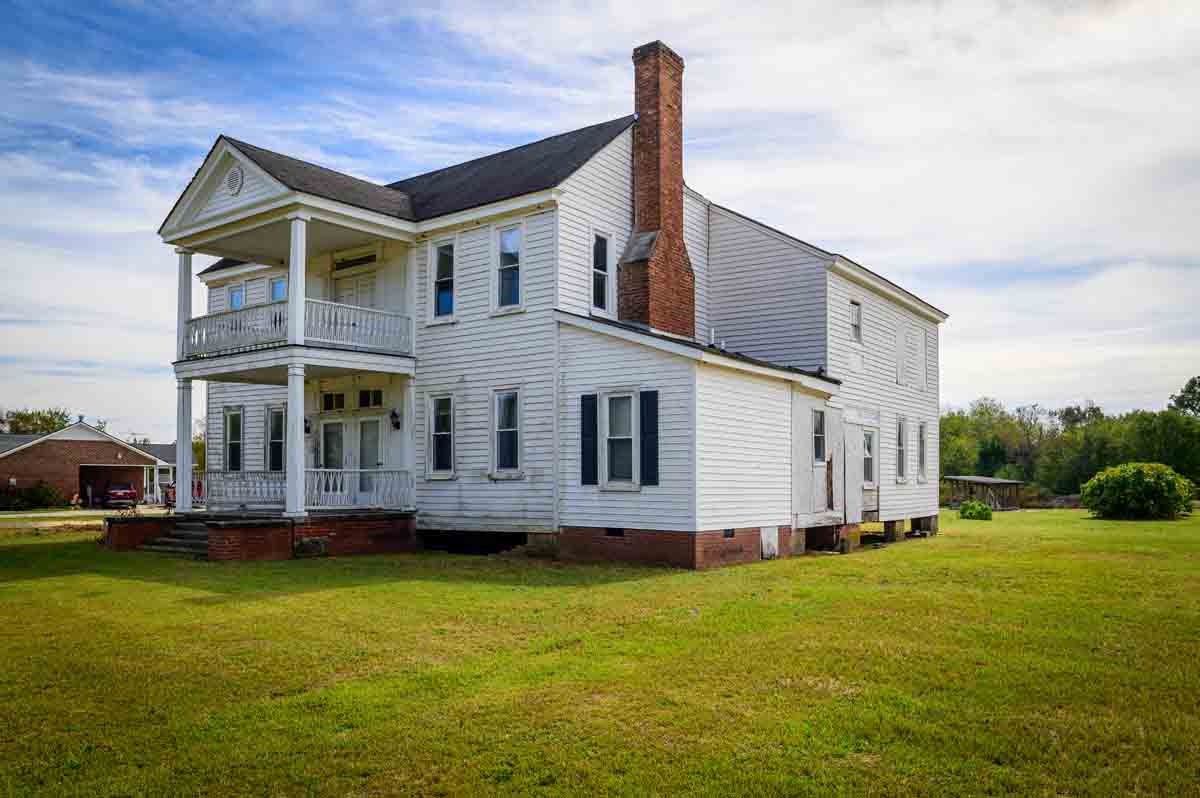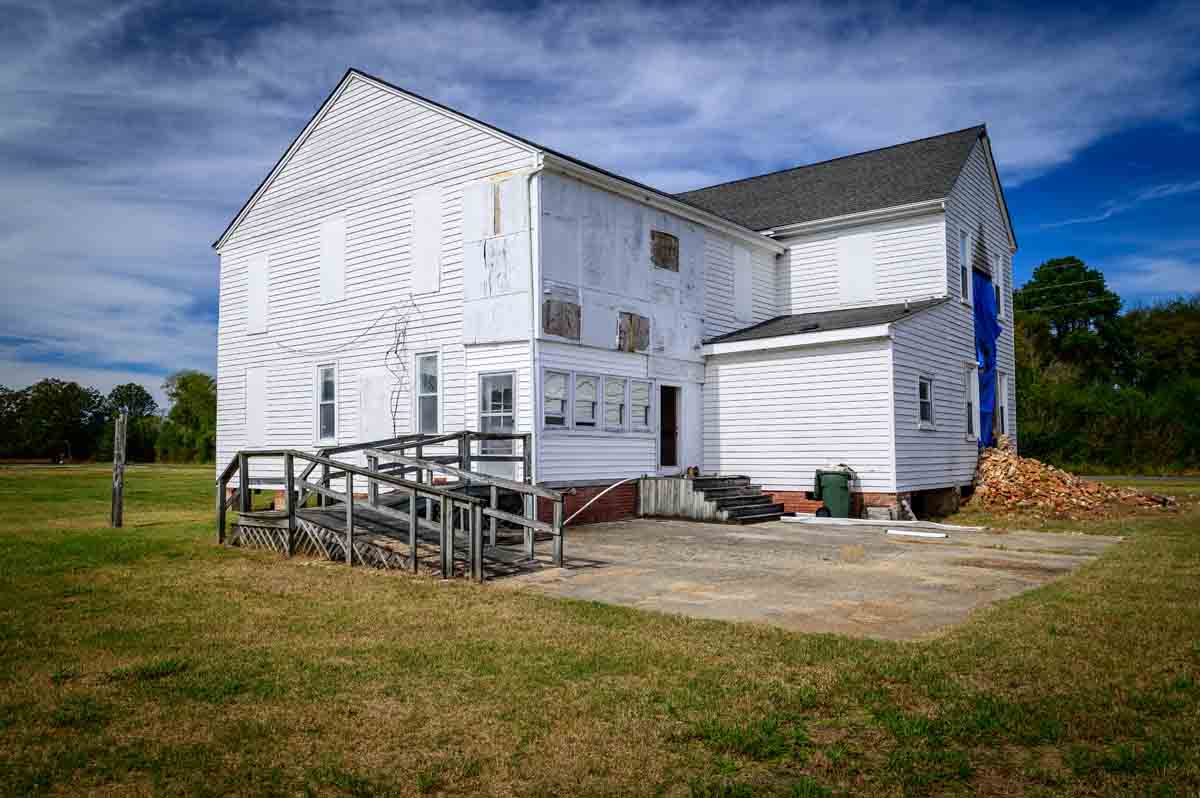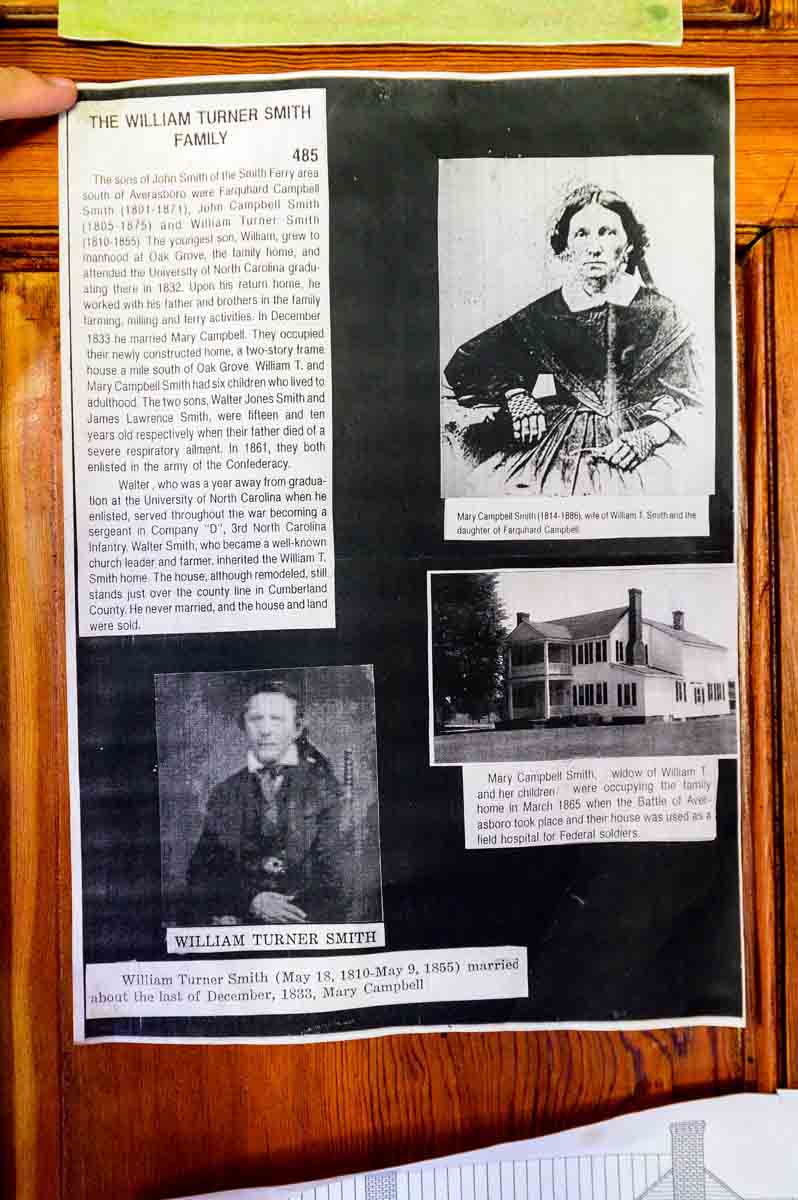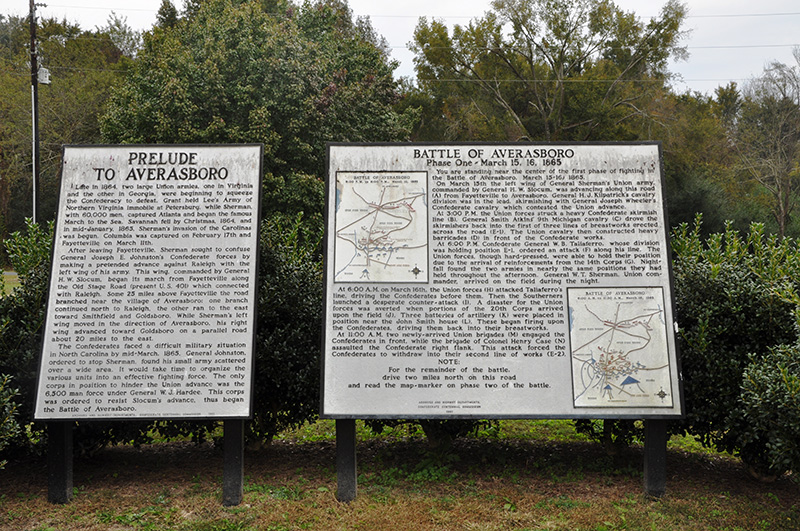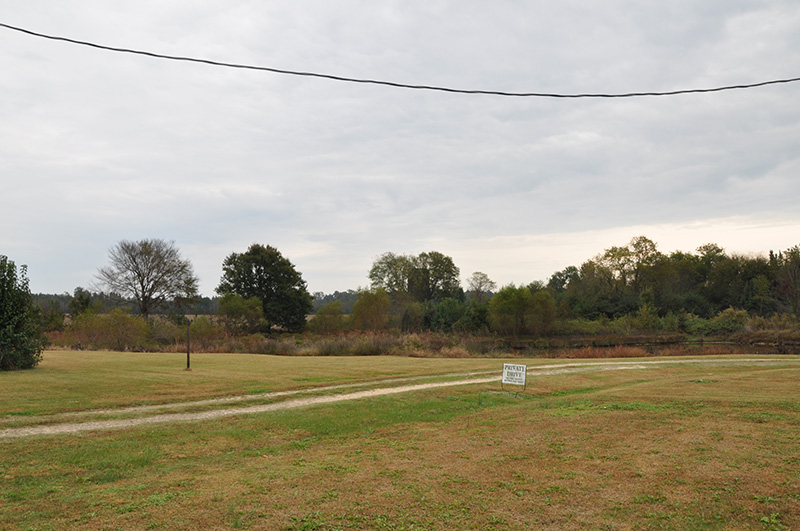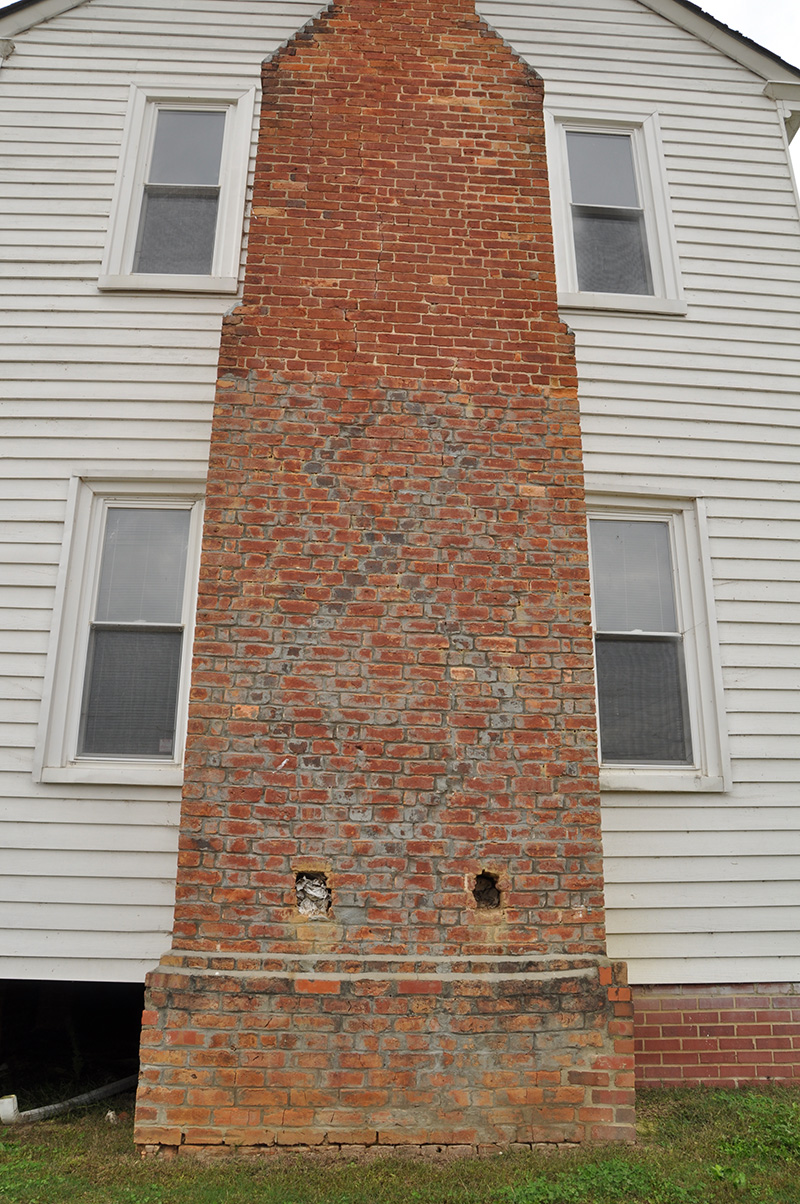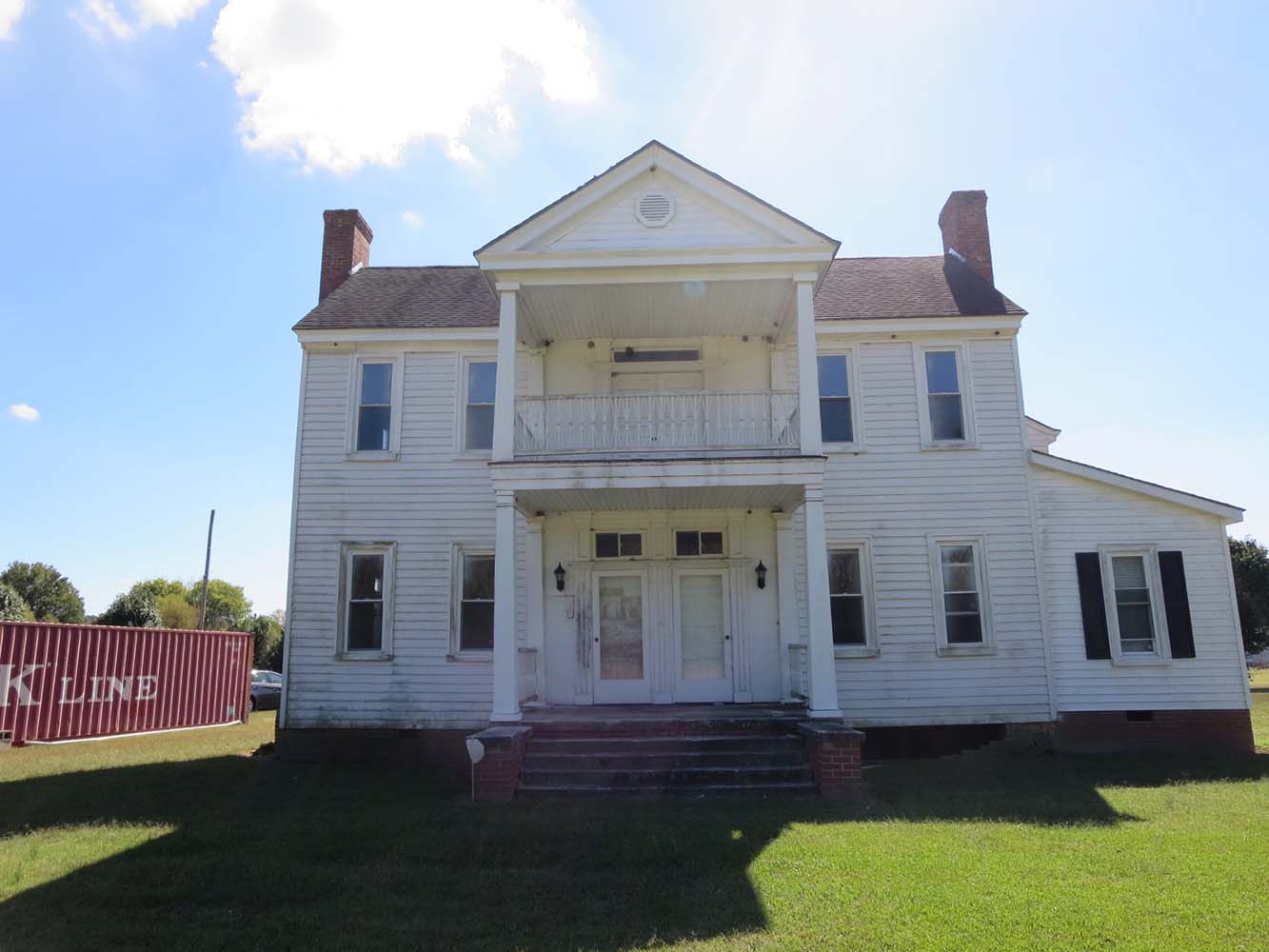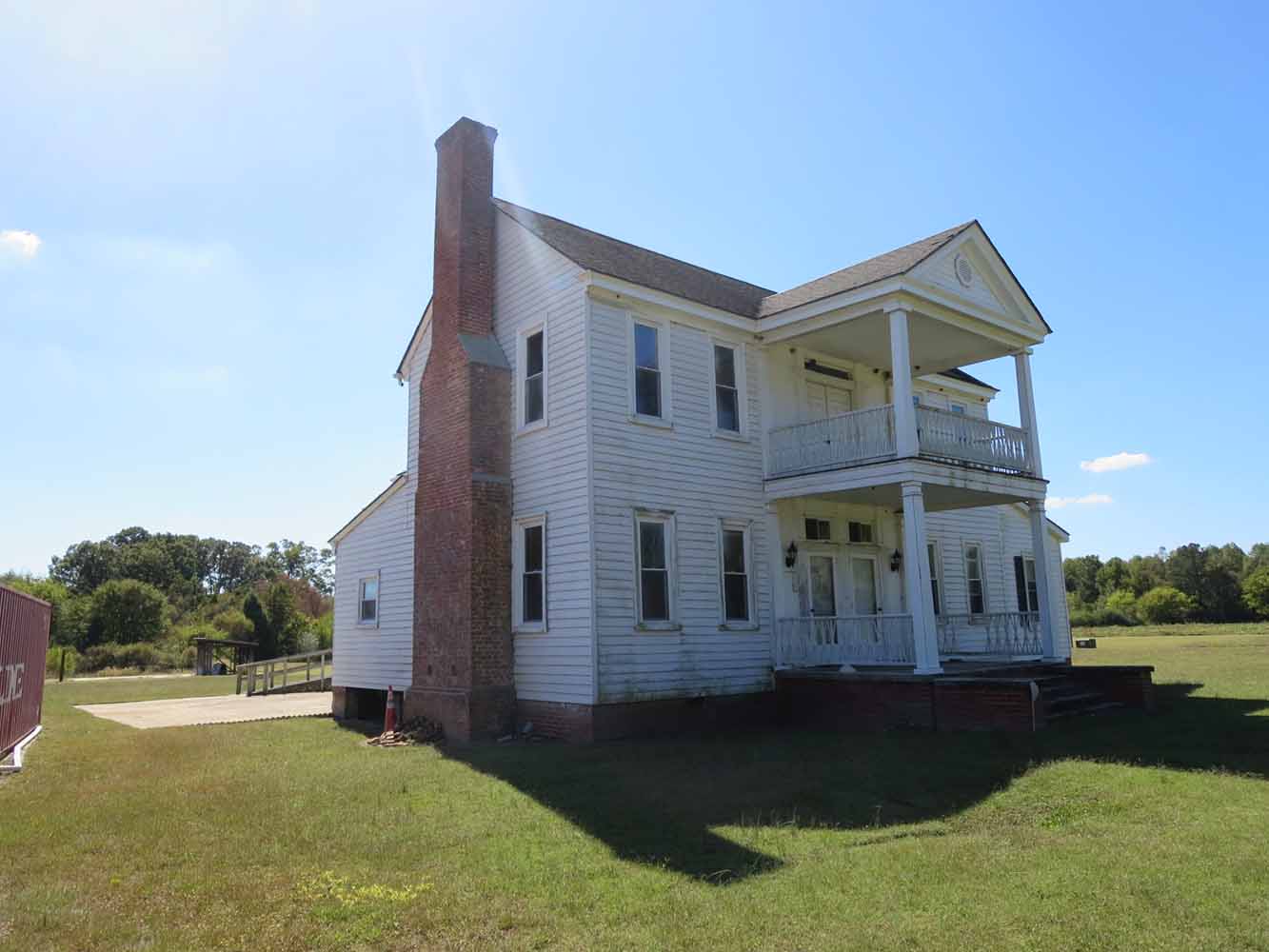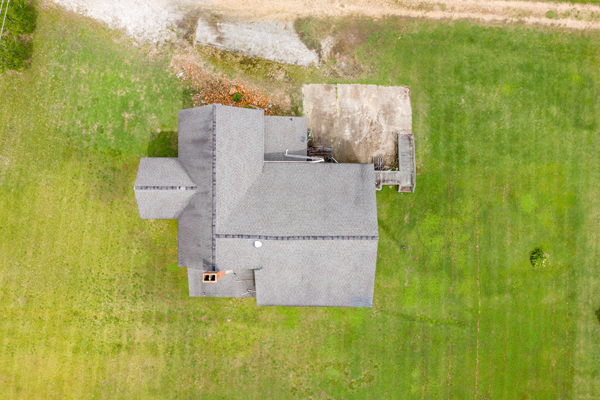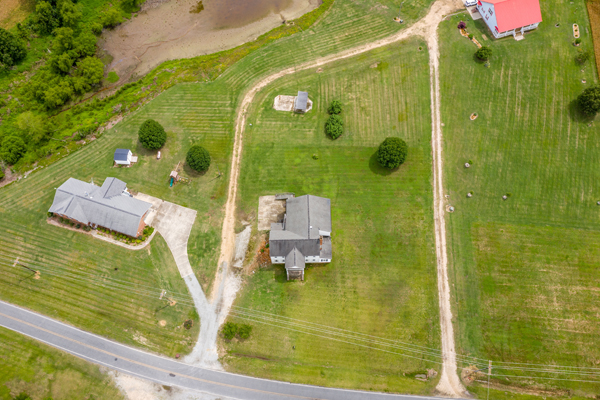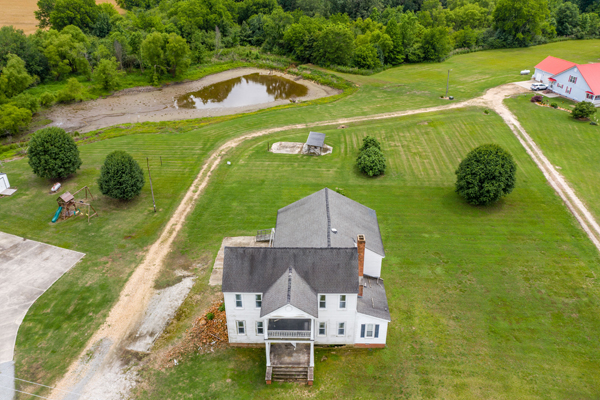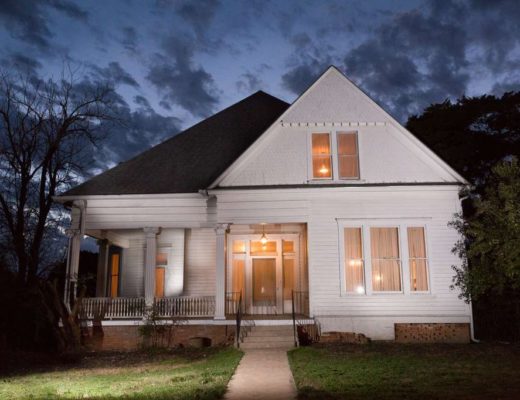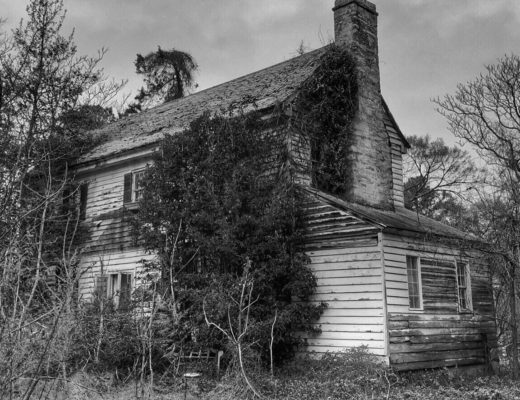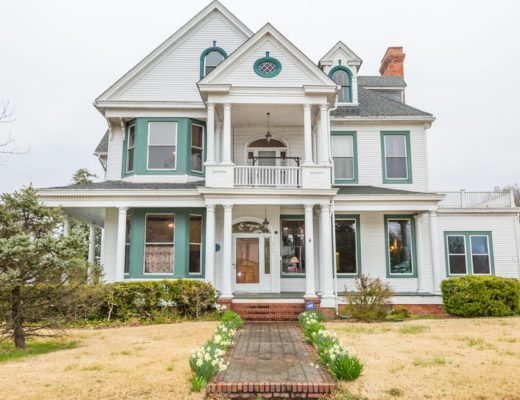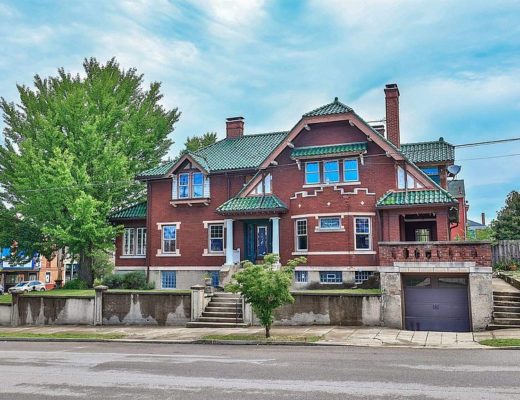
This home is a former Civil War Field Hospital. It was utilized as a hospital during the 1865 Battle of Averasboro. The William T. Smith house was built in 1835. It is located on two acres in Dunn, North Carolina. The home will require extensive renovations as it has been stripped of it’s plasterwork, but it does have some pretty amazing woodwork. The home features original hardwood floors, beautiful mantels, paneled wainscoting and Chinese Chippendale railing. 4,073 square feet. $60,000
Contact Cathleen Turner with Preservation North Carolina: 919-401-8540
From the Preservation North Carolina listing:
ARCHITECTURAL DREAM STEEPED IN HISTORY! Stately 1835 Federal house with exquisite woodwork once served as a Civil War field hospital. Rural two-acre setting belies its close proximity to Fayetteville, Research Triangle, and RDU International Airport in the 5th most populated county in North Carolina.
The William T. Smith House is one of three Smith family plantations that all served as field hospitals during the 1865 Battle of Averasboro. The substantial 4,000+ square foot house features numerous high-style architectural elements. The exquisite woodwork throughout is an architectural lover’s dream. The house requires complete rehabilitation, but qualifies for historic preservation tax credits. Excellent location minutes from I-95 provides the best of rural living with city amenities close-by. Nearby access to the Cape Fear River Trail offers exceptional water-related outdoor activities.
In a rural pocket at the Cumberland-Harnett county line once known as Smithville, three Smith family plantations still remain: Oak Grove (1789) in the center; Lebanon (1824) to the north; and the William T. Smith House (1835) to the south. The Battle of Averasboro occurred in this community of Smithville, a strategic location because of its setting between the Cape Fear River and the Black River. All three houses were used as field hospitals during the battle. This impressive house was built for William Turner Smith (1810-1855) and his wife Mary Campbell Smith (1814-1886) around 1835 shortly after their marriage.
Extensive archaeological studies have revealed the rich architectural history of this elegant home. The floor plan retains its Federal two-over-two-room hall-and-parlor plan. The interior is a feast for your eyes with its exquisite woodwork including Federal and Greek Revival mantels, extensive paneled wainscot with crotch mahogany faux finish, winder stair with Chinese Chippendale railing, paneled doors with original hardware, bold door and window moldings, and antique built-in cabinets. They just don’t build them like this anymore!
On the exterior, the two-story, single-pile frame house with a side-gable asphalt shingle roof is flanked by two large Flemish bond chimneys with diamond-pattern brickwork. The east chimney sadly collapsed in September 2018 as a result of Hurricane Florence but photos could be utilized to reconstruct it. A two-story pedimented portico dominates the front façade and is accented by a decorative sheaf-of-wheat balustrade. The striking first floor entrance is marked by the unusual two-door configuration, each door capped with a wide two-light transom. A wide fluted pilaster door surround adorns the entrance. The central entrance on the second floor is flanked by sidelights and a transom. Fluted pilasters on either side further accent the porch bay. A substantial Greek Revival two-story wing with a two-story side porch was added to the rear just prior to Smith’s death in 1855.
Let them know you saw it on Old House Life!

